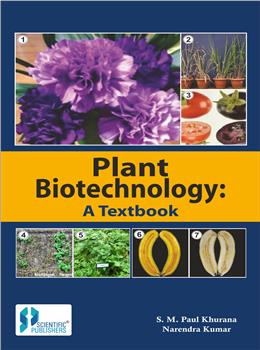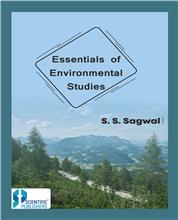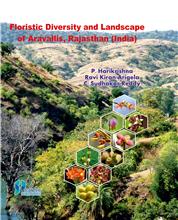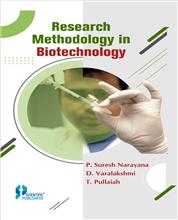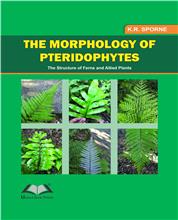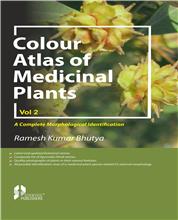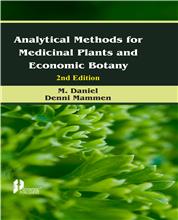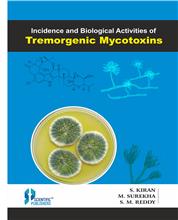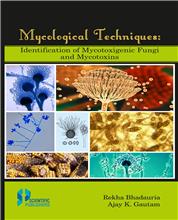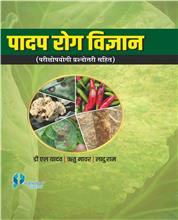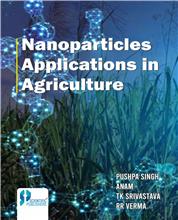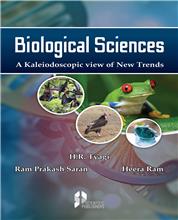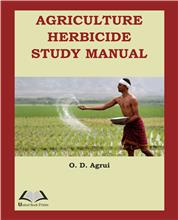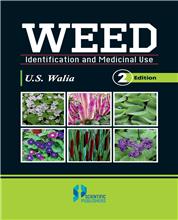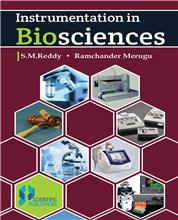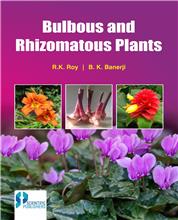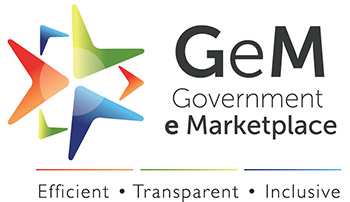UNIT 1/1
Introduction of Plant Biotechnology
1. 1. Introduction: What is Biotechnology
2. What is Plant Biotechnology?
3. Definition of Plant Biotechnology
4. Status of Plant Biotechnology in India
5. Background information on Plant Biotechnology-Contributing to sustainable agriculture, Benefitting the Environment
6. Exercises
7. Bibliography
UNIT 1/2
2. 1. Current scenario of Biotechnology in Developing countries,
2. Importance of Biotechnology for India
3.Up-coming Biotechnology era;
4. Exercises;
5. Bibliography
UNIT 2/3
Plant Tissue Culture
3. 1. What is Plant tissue culture
2. Brief History of plant tissue culture,
3. Important developments in Tissue culture
4. Regeneration pathways
5. Choice of explants
6. Applications of Plant Tissue Culture
7. Exercises
8. Bibliography
4. Basic requirements
1. Laboratory organization and
2. Tissue culture Lab equipment
3. Exercises
4. Bibliography
5. Culture Media
1. Some important types of culture media and their composition
2. Important constituents of culture media
1. Organic supplements
2. Inorganic nutrients
3. Carbon and Energy sources
4. Hormones and their roles
5. Gelling agents and their source,
6. Other organic extracts
7. Exercises
8. Bibliography
6. Aseptic Conditions-Measures to be taken for maintaining asepsis during tissue culture;
1. Aseptic techniques Introduction
2. Taking personal precautions
3. Aseptic Technique for Cell Culture
4. (i) Contaminants,
A. Bacteria, fungi, yeast, virus, and insects
B. Initial Contaminants
C. Latent Contamination
D. Introduced Contamination
E. Detection of Contaminants
(ii) The Transfer Hood Laminar airflow hoods
(iii) Sterilization and Use of Supplies and Equipment:
5. More Measures
6. Exercises
7. Bibliography
7. General techniques of Plant tissue culture
1. What is micropropagation
2. Advantages, and
3. Disadvantages
4. Selection and sterilization of explants
5. Preparation and sterilization of culture medium
6. Exercises
7. Bibliography
8. Cellular Totipotency
1. Defnition
2. Expression of Totipotency
3. Totipotency in different plant parts
4. Application of Totipotency
5. Exercises
6. Bibliography
9. Cell Differentiatio
1. Introduction
2. Types of Differentiation
1. Cytodifferentiation; Factors affecting cytodifferentiation
2. Organ Differentiation; Factors affecting organ differentiation
3. Embryonic differentiation Factors affecting embryo differentiation
4. Exercises
5. Bibliography
10. Some popular methods in Plant Tissue culture
1. Cell culture
2. Callus culture
3. Suspension culture
4. Root culture
5. Shoot culture
6. Protoplast culture
7. Haploid production
(i) Androgenesis
(ii) Gynogenesis
8. Embryo culture and Rescue
9. Endosperm culture (Triploid Production)
10. Exercises
11. Bibliography
11. Tissue Culture (Miscellaneous)
1. Cybrids.
2.Cryopreservation and
3. Germplasm conservation
4. Exercises
5. Bibliography
12. Somaclonal variation
1. Advantages
2. Disadvantages
3. Exercises
4. Bibliography
13. Plant viruses
1. History and structure
2. Transmission of plant viruses
3. Translation of plant viral proteins
4. Well understood plant viruses
4.1. TMV
4.2. Cauliflower mosaic virus
5. Exercises
6. Bibliography
UNIT 3/14
Transgenic Plants Technology
14. Plant’s secondary metabolism
1. History
2. Primary vs. Secondary Plant Metabolism
3. Types of Secondary Metabolites in plants
3.1 Atropine
3.2 Flavonoids
3.3 Cyanogenic glycoside,
3.4 Phytic acid
3.5 Gossypol
3.6 Phytoestrogens
3.7 Carotenoids
4. Exercises
5. Bibliography
15. Genetic Transformation
1. History
2. Definitions
3. Natural competence and transformation
3.1 Natural transformation
3.2. Transformation, as an adaptation for DNA repair
4. Methods and mechanisms of transformation in laboratory
4.1 Bacterial
4.2 Yeast
4.3 Plants
4.4 Animals
5. Practical aspects of transformation in molecular biology-
5.1 Selection and screening in plasmid transformation;
6. Exercises
7. Bibliography
16. Agrobacterium tumefaciens
1. Conjugation
2. Method of infection
2.1. Formation of the T-pilus
2.2. Transfer of T-DNA into the plant cell
3. Genes in the T-DNA
3.1. Hormones
3.2 Opines
4. Biotechnological uses
5. Natural genetic transformation
6. Disease Cycle
7. Disease Management
8. Exercises
9. Bibliography Contents xi
17.
1. Markers, Genes & Expression
2. Marker genes,
3. Reporter gene
4. Transformation and transfection assays
5. Gene expression assays
6. Exercises
7. Bibliography
18. Vector (molecular biology)
1. Characteristics
1.1Plasmids
1.2 Viral vectors
1.3 Artificialchromosomes
2.Transcription
3. Expression
3.1 Prokaryotes expression vector
3.2 Eukaryotes expression vector;
4. Features Vector (molecular biology)
5. Exercises
6. Bibliography
19. Plant transformation vectors.
1. Steps in plant transformation
2. Plasmid selection
3. Plasmids: Definition Types, and Replication
4. Exercises
5. Bibliography
20. Methods of Gene Transfer in Plants
1. Vector-mediated gene transfer
2. Direct or vector less DNA transfer
3. Exercises
4. Bibliography
321. 1. Genetically modified crops
1.1 Nature and traditional agriculture,
1.2. Direct manipulation
2. Methods
3. Types of modifications
3.1 Transgenic
3.2. Cisgenic
3.3 Subgenic
3.4 Multiple trait integration
4. Economics
5. Yield
6. Traits
6.1 Extended shelf life
6.2 Improved photosynthesis
6.3 Improved nutritional value,
6.4 Stress resistance
6.5 Pest resistance,
6.6 By-products
6.7 Bioremediation
6.8.Asexual reproduction
7. Exercises
8. Bibliography
3/22
22. Transgenic crops expressing new traits-herbicide tolerance, insects, and diseases
1. Herbicide tolerance
2.Insect resistance
3. Exercises
4. Bibliography
3/23
23.
1. Organic farming,
2. Induced Systemic Resistance (ISR)
3. Plant Protection and Quarantine (PPQ)
4. Exercises
5. Bibliography
UNIT 4/24
24. Industrial and Agricultural Application
1. Therapeutic proteins
2. Oral vaccines
3. Exercises
4. Bibliography
4/25
25. Biotic stress
1. Agriculture
2. Effect on plant growth
2.1 Photosynthesis
3. Response to stress
3.1 Inducible defense responses to insect herbivores
3.2 Inducible defense responses to pathogens
3.3 Cross tolerance with abiotic stress
4. Remote sensing
5. Exercises
6. Bibliography
4/26
26. Abiotic stress
1. Examples
2. Effects
2.1 Benefits
2.2 Detriments
3. In plants
3.1 Salt stress in plants
3.2 Phosphate starvation in plants
3.3 Drought Stress
4. Exercises
5. Bibliography
27. Herbicides
1. History
2. Terminology
3. Mechanism of action
4. Use and application.
5. Health and environmental effects
6. Resistance
7. List of common herbicides
8. Exercises
9. Bibliography
28. Molecular Farming
1. History
2. Regulation
3. Controversy
4. Exercises
5. Bibliography
29.
1. How Plants Produce the Vaccines of Tomorrow
2. Types of plants as Biofactories for vaccine/antibody production
3. Benefits of Using transgenic plants for vaccine production
4. Procedure for developing plantderived vaccines
5. Exercises
6. Bibliography
30. Ethics and transgenic crops
1. Risks, benefits, and impacts on society and the environment
2. Transgenics and human hunger
3.Transgenics and the environment
4.Transgenics and human health
5. Transgenics, socio-economic impact, and distribution of benefits
6. Fundamental ethical concerns
7.Exercises
8. Bibliography
Annexure 1 ELISA Contents
1. Introduction to ELISA
2. Principle of ELISA
3. Types of ELISA
3.1 Direct ELISA
3.2 Sandwich ELISA
3.3 Competitive ELISA
3.4 Reverse ELISA
4. Applications of ELISA in plant virus detection.
5. Exercises
6. Bibliography.
Annexure 2 Polymerase chain reaction Contents
1. Introduction to Polymerase Chain Reaction
2. Principles of PCR
3.The procedure of PCR
4. Applications of PCR
4.1 In Selective DNA isolation
4.2 In Medical and diagnostic applications
4.3 In Infectious disease applications
5. PCR Types
6. Exercises
7. Bibliography
